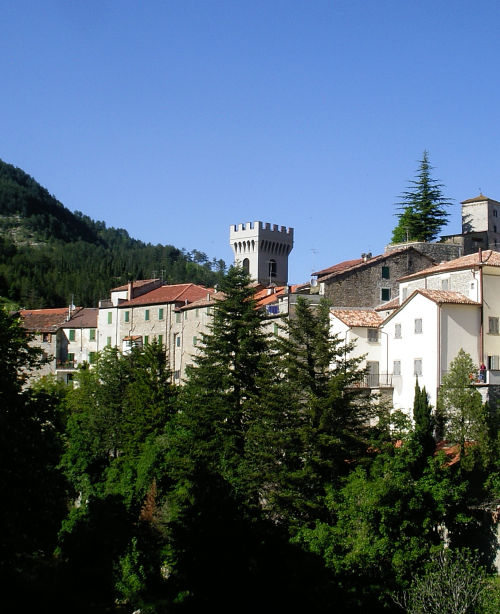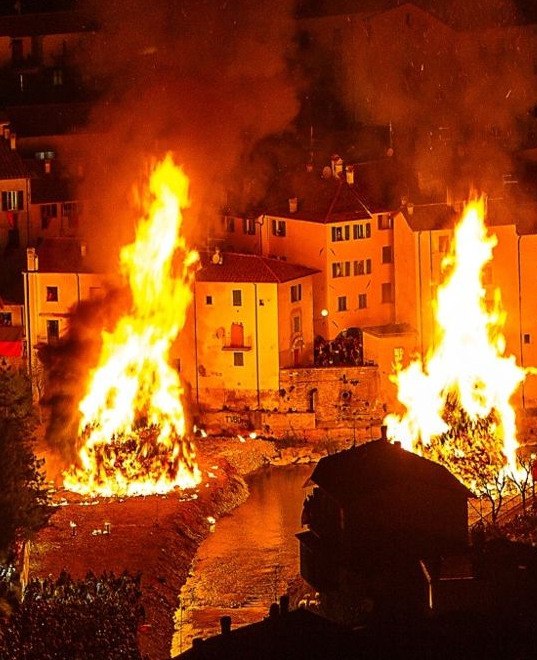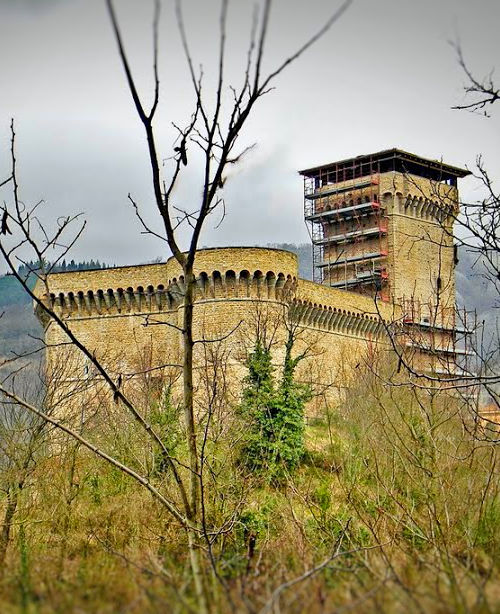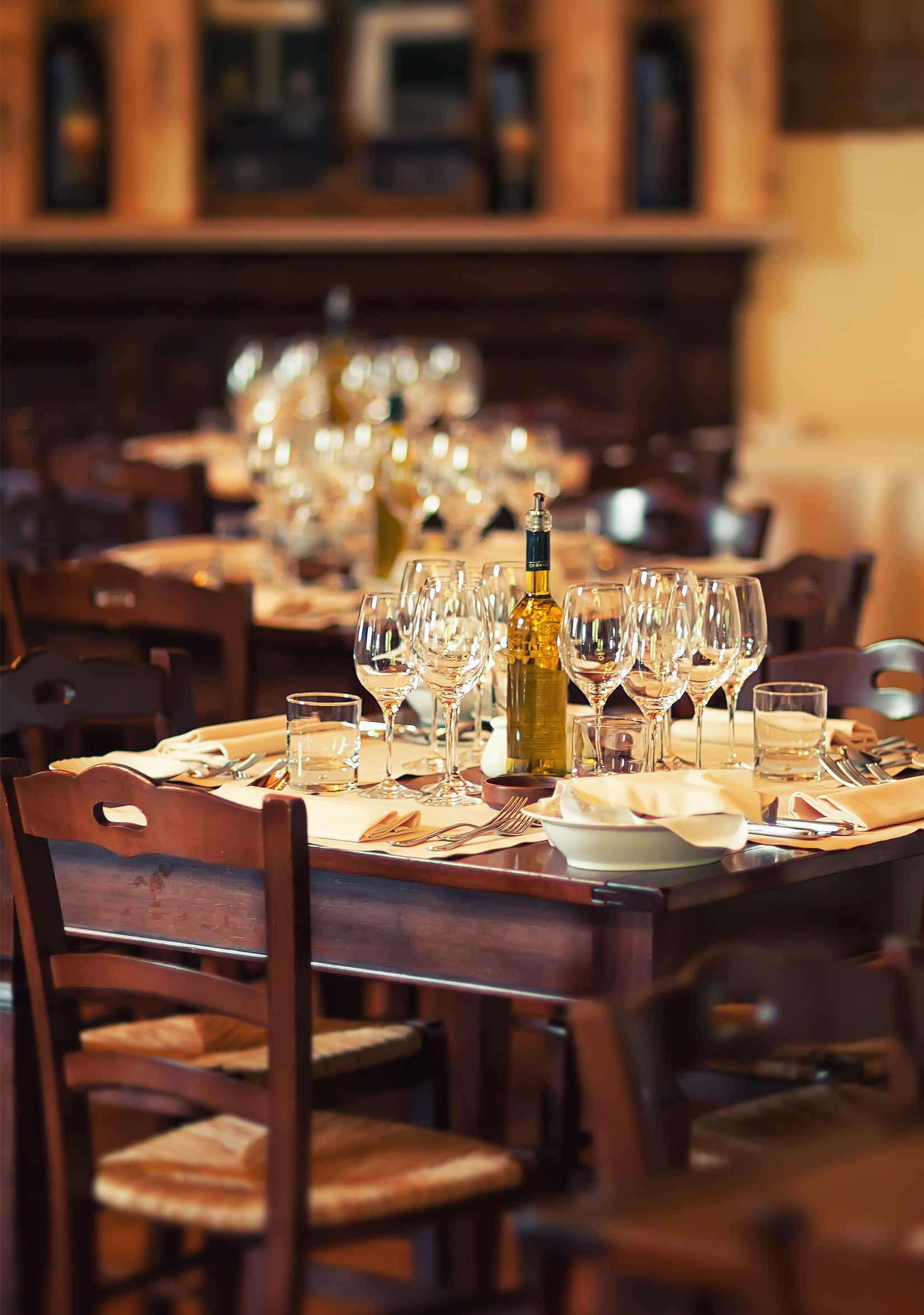From The Mill Brusia you can quickly reach the beautiful towns nearby. So many things to see, both historic and natural features that can be found along the road from San Benedetto in Alpe passes from Portico di Romagna, Rocca San Casciano, Dovadola, until you get to Castrocaro Terme with its famous, and from there get to Forli flat.
San Benedetto in Alpe
San Benedetto in Alpe is located at the confluence of three streams, among which the famous Acquacheta that gives life to the beautiful homonymous waterfall. There is the age-old Benedictine Abbey, founded by the monks of Cluny, where he stopped in the eleventh San Romualdo before founding Camaldoli, for centuries the destination of pilgrimages and retreats. Via Dante Alighieri connects the country with the Poggio on which is located the abbey, and reminds the rest of Dante in the monastery. Some Sights:
- The Via Dante Alighieri
- Il Poggio
- The Abbey of San Benedetto
- The waterfall of Acquacheta
Premilcuore
Premilcuore is located on the right bank of the river Rabbi, between the two buttresses of Mount Falterona and Alpe di San Benedetto. A typical mountain village, it was from 1100 fief of the Guidi Counts until the advent of the Florentine Republic. The village can be accessed only by two gates, Porta di Sotto north, demolished in the past, and Porta Fiorentina in South, still exists, with the perfectly preserved medieval core, dominated by the ruins of the ancient fortress. Some Sights:
- The fortress
- The Palace Edition
- The Oratory of San Lorenzo
- The Oratory of Mogio
Rocca San Casciano
Rocca San Casciano, was founded by the Etruscans, Gauls and the Romans under the name of Sassatica, at the confluence of river Montone and ditches Ridazzo and S. Antonio. According to legend, St Mercurial, first bishop of Forlì, and San Ruffillo they would meet in the upper right of the Montone Valley to chain a dragon (symbol of paganism) which infested the area. Bound him with their priestly robes, they would then thrown into a well. Some Sights:
- The Clock Tower
- The Church of St. Mary of Tears
- The Church of the Intercession
- The celebration of Bonfire
Dovadola
The two fords of the country is (alla latina “duo vadora”) They gave the place its name, inhabited by the Celts and then the Romans. Traces of the Gallic settlement emerged with the discovery of a burial of warriors. The discovery of Roman tombs and coins minted in imperial times are also good witnesses of successive settlements. The "castrum", that is the embryo of the country, However it would have been built by the Lombards at the turn of the seventh and eighth centuries AD. Some Sights:
- La Rocca dei Conti Guidi
- The Palace Montaguto
- The Parish of St. Andrew
- The Villa Tassinari Blanc
Hospitality
traditional Romagna Dishes
The local cuisine is rich in dishes and recipes born of ancient traditions. The characters of local cuisine are mainly farmers; larger the swine and dairy tradition.
Cooking as a way of life, that touches its highest expression in a eguagliabile fantasy of pasta dishes; tagliatelle, cappelletti, tortelli, strozzapreti, passatelli and more.
Romagna is known for the warm welcome, and often the local area preserve the family atmosphere that, with fireplaces and chimneys in the room, warms guests during the fall and winter.





